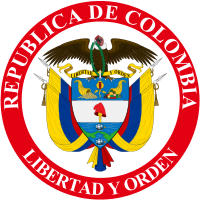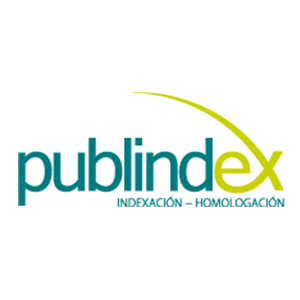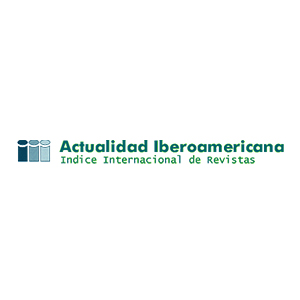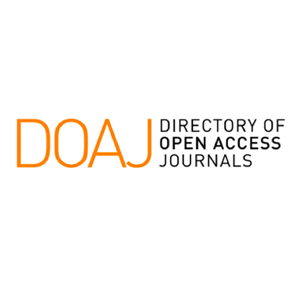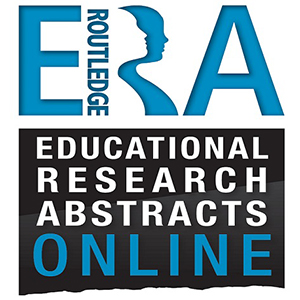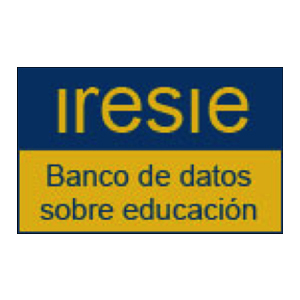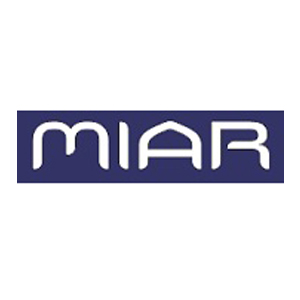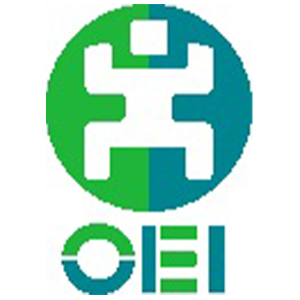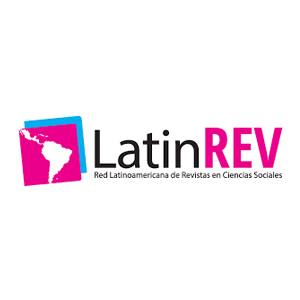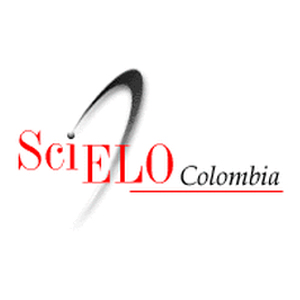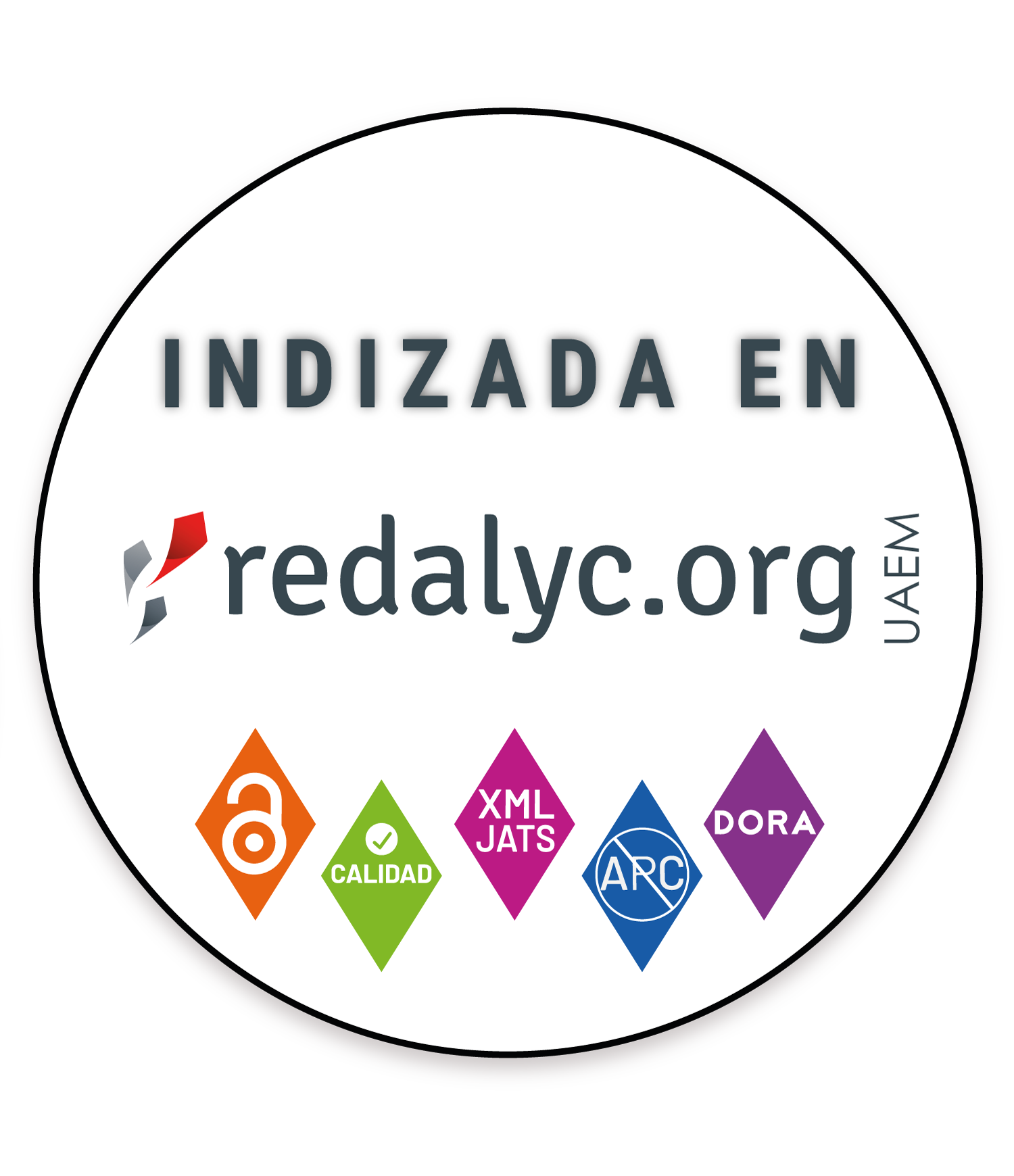REPRESENTACIONES SOBRE LA CIENCIA, LA ACTIVIDAD CIENTÍFICA Y LOS CIENTÍFICOS EN NIÑOS Y JÓVENES
Este artículo presenta los resultados de una investigación con estudiantes de prescolar a secundaria en Bogotá (2717 estudiantes) sobre sus imágenes de los científicos. Para esto,se utilizó el instrumento “Dibuje a un científico” y se estableció que prevalece una imagen estereotipada de la actividad científica. En general, los estudiantes perciben a los científicos como hombres, que realizan sus actividades en un laboratorio de química y que obtienen resultados fantásticos mezclando sustancias. Los datos denotan que esta condición no se modifica con la escolaridad y, por el contrario, se acentúa. La investigación plantea el reto, para la educación científica, de presentar una perspectiva más crítica, que presentea la ciencia como una actividad social, diversay que usavariedad de recursos y técnicas.
Akerson, V.L., Carter, I., Pongsanon, K., & Nargund-Joshi, V. (2019). Teaching and Learning Nature of Science in Elementary Classrooms. Science & Education 28, 391–411.
Carey, S., & Smith, C. (1993). On understanding the nature of scientific knowledge. Educational Psychologist, 28(3), 235–251.
Chambers, D. W. (1983). Stereotypic Images of the Scientist: The Draw a Scientist Test. Science Eduactation, 67(2), 255-265.
Chiappetta, E., & Fillman, D. (2007). Analysis of five high school biology textbooks used in the United States for inclusion of thenature of science. International Journal of Science Education 29:1847–1868.
Farland-Smith, D., Finson, K., Boone, W. J., & Yale, M. (2014). An Investigation of Media Influences on Elementary Students Representations os Scientists. Journal of Science Teacher Education, 25(3), 355-366.
Farlan-Smith, D. (2012). Development and Field Test of the Modified Draw-a-Scientist Test and the Draw-a-Scientist Rubric. School Science and Mathematics, 112(2), 109–116.
Finson, K. D. (2002). Drawing a Scientist: What We Do and Do Not Know After Fifty Years of Drawings. School Science and Mathematics(102), 335-3345.
Fralick, B., Kearn, J., Thompson, S., Lyons, J. (2009). How middle schoolers draw engineers and scientists. Journal of Science and Educational Technology 18, 60–67.
Langin, K. (2018). What does a scientist look like? Children are drawing women more than ever before. Science | AAAS. https://www.sciencemag.org/news/2018/03/what-does-scientist-look-children-are-drawing-women-more-ever
Ramírez, L., Peñaloza, G., & Moreno, P. (2018). Actitudes, emociones y naturaleza de la ciencia en la educación científica.Bogotá: Idartes. ISBN (impreso): 978-958-5487-17-8
Schibeci, R. A. (1986). Images of Sciencie and Scientist and Science Education. Science Education, 70(2), 139-149.
McCOMAS, W.F., Almazroa, H. & Clough, M.P. (1998). The Nature of Science in Science Education: An Introduction. Science & Education 7, 511–532.
Mead, M., y Métraux, R. (1957). Image of the Scientist among High- School Students. A pilot student. Science, 126(3270), 384-390.
Özel, M. (2012). Children's Images of Scientists: Does Grade Level Make a Difference? Educational Sciences: Theory and Practice, 12(4), 3187-3198.
Toma, R., Greca, I., & Orozco Gómez, M. (2018). Una revisión del protocolo Draw-a-Scientist-Test (DAST), Revista Eureka sobre Enseñanza y Divulgación de las Ciencias, 15(3), 3104.
UNESCO. (2007). Ciencia, tecnología y género: Informe internacional. Uruguay: UNESCO.
UNESCO. (18 de 10 de 2017). Un nuevo informe de la UNESCO pone de relieve las desigualdades de género en la enseñanza de las ciencias, la tecnología, la ingeniería y las matemáticas (STEM). Obtenido de https://es.unesco.org/news/nuevoinforme-unesco-pone-relieve-desigualdadesgenero-ensenanza-ciencias-tecnologia-ingenieria
Valderrama, L. B., Vernal-Vilicic, T. P. & Méndez-Caro, L. (2016). Representación Infantil de la Ciencia usando el Test Dibujando
un Científico (DAST). Posibilidades de Cambios desde la Comunicación Científica. Información Tecnológica, 27(6), 203-214
APA
ACM
ACS
ABNT
Chicago
Harvard
IEEE
MLA
Turabian
Vancouver
Descargar cita
Visitas
Descargas
Licencia

Esta obra está bajo una licencia internacional Creative Commons Atribución-NoComercial 4.0.
Todo el trabajo debe ser original e inédito. La presentación de un artículo para publicación implica que el autor ha dado su consentimiento para que el artículo se reproduzca en cualquier momento y en cualquier forma que la revista Tecné, Episteme y Didaxis: TED considere apropiada. Los artículos son responsabilidad exclusiva de los autores y no necesariamente representan la opinión de la revista, ni de su editor. La recepción de un artículo no implicará ningún compromiso de la revista Tecné, Episteme y Didaxis: TED para su publicación. Sin embargo, de ser aceptado los autores cederán sus derechos patrimoniales a la Universidad Pedagógica Nacional para los fines pertinentes de reproducción, edición, distribución, exhibición y comunicación en Colombia y fuera de este país por medios impresos, electrónicos, CD ROM, Internet o cualquier otro medio conocido o por conocer. Los asuntos legales que puedan surgir luego de la publicación de los materiales en la revista son responsabilidad total de los autores. Cualquier artículo de esta revista se puede usar y citar siempre que se haga referencia a él correctamente.

